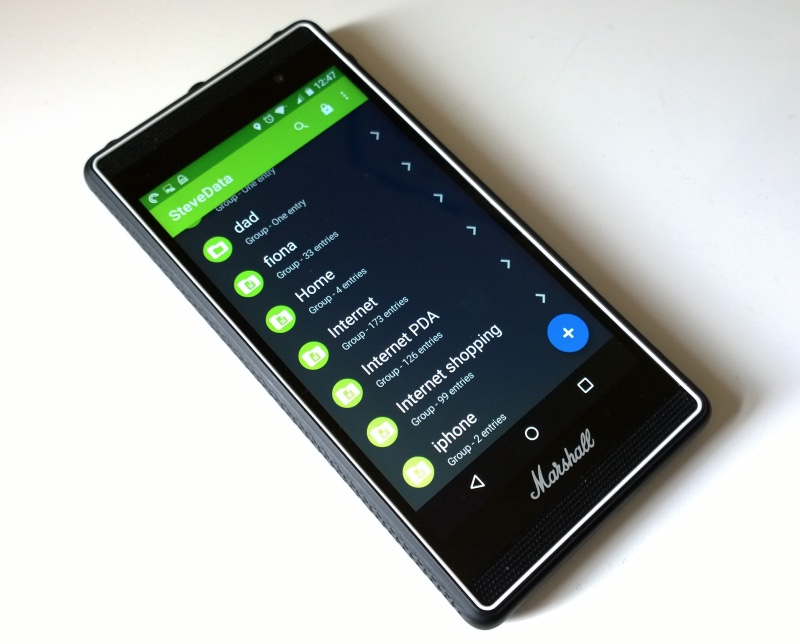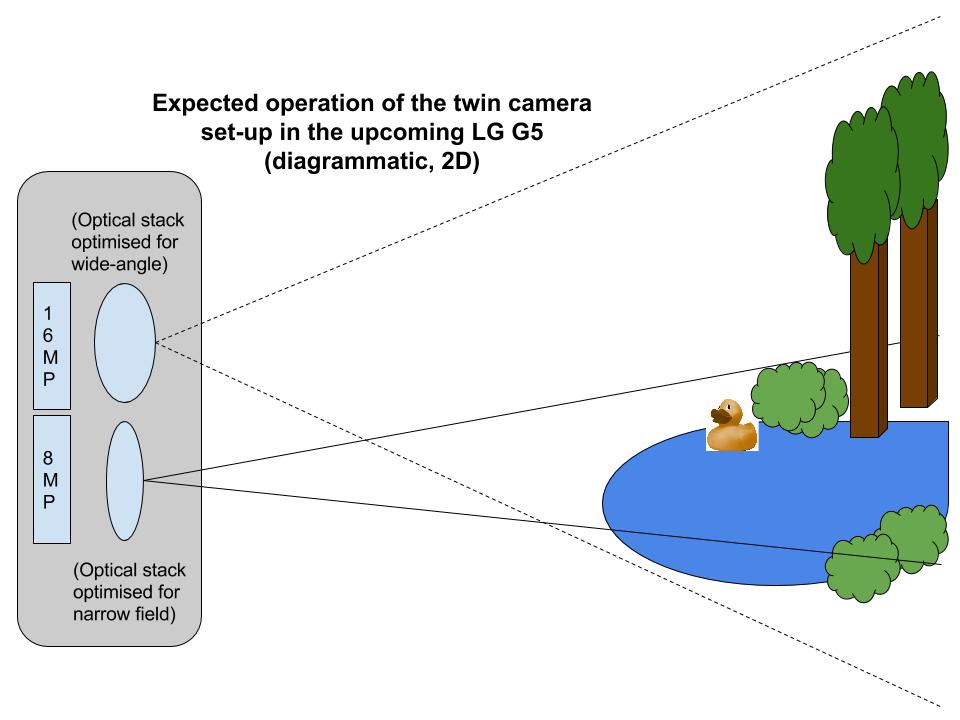I get the confusion. Every time a company releases a device under the monicker “mini”, be it the Galaxy S4 Mini, the HTC One Mini (and Mini 2), the LG G2 Mini, and so on, there’s an uproar on the internet about how these devices aren’t exactly mini versions of the same device, and how Sony is the only company really playing the right game with its Z1 Compact. But maybe there’s a good reason for that choice?
What’s a “Mini”?
See, it’s the “mini” part that confuses everyone. By definition, “mini” means a miniature version of something, but who said that miniaturizing a flagship should only address its external physical aspect and not also its internals? That’s a virtual limitation that some hopeful technology enthusiasts created and that everyone carried using to judge (misjudge?) new “mini” devices by.
There was a time, a couple of years ago, when everyone was reticent to the rocketing size of smartphones. We seemed to jump from roughly 4″ screens to 5″ screens in a matter of months, and our hands weren’t prepared to deal with that change and all the finger gymnastics it seemed to entail. We craved the same experience as the flagship phone, but in a smaller, more compact form factor. That’s how our perception and definition, in the technology sphere, of the “mini” phone started.
But has it occurred to you that these “mini” phones don’t exist to satisfy our limited populace (that, I might add, was quickly convinced to move to higher-sized screens) of gadget enthusiasts, but a broader demography of phone users — the ones that help companies sell devices in the millions, not in the couple of hundreds?
The “Mini” target
That demography, the same I see around me everywhere in a developing country with no phone contracts, where a smartphone is a social status more than a communication tool, doesn’t care about raw specs. Talk to them about Snapdragon 400 or 800, 1GB or 3GB of RAM, or any other number — that we, on the other hand, know by heart and spend hours agonizing over in benchmark tests — and their eyes will glaze over and roll to the back of their heads.
They want to know what a phone looks like, if the camera is good, and if they can have WhatsApp, Viber, and Facebook on it. Is this the demography that will swoon over having oh-my-God-the-exact-same-specs-as-the-big-phone-but-in-a-smaller-size? No. They will only care if a phone ticks three important boxes:
- looks very similar the original phone, because it’s a status symbol
- does the same flashy thing the big phone does, in order to demo it to everyone around (new fancy software or hardware features)
- lets them use their very limited arsenal of apps.
A “Mini” price
The first clue as to why smaller versions of the same flagship do not make a lot of economical sense to most companies is the price. If you are going to pack the exact same specs in a smaller space, your device won’t cost less at all. So how would you justify selling a smaller device with (almost) the same price as the original flagship? You couldn’t.
That’s why I am confident that companies agonize over the pricing of a “mini” device more than they do over the original flagship. It has to be reasonably lower — even taking into account the fact that it ships later and the original’s price has dropped a bit since — but not low enough to not be considered a premium device compared to other mid-range devices.
After all, when you buy an S5 Mini, for example, all you are saying is that you have an S5 (broad term, see the 3 points defined above), but you chose the smaller one. Samsung can’t have the S5 Mini priced like non-S devices, or else it wouldn’t sell.
What do you think? Should a “mini” phone be the same as its bigger brother, specs-wise, but only smaller in footprint, or can it also be smaller on the specs sheet while keeping the essentials that make it distinguished?

















